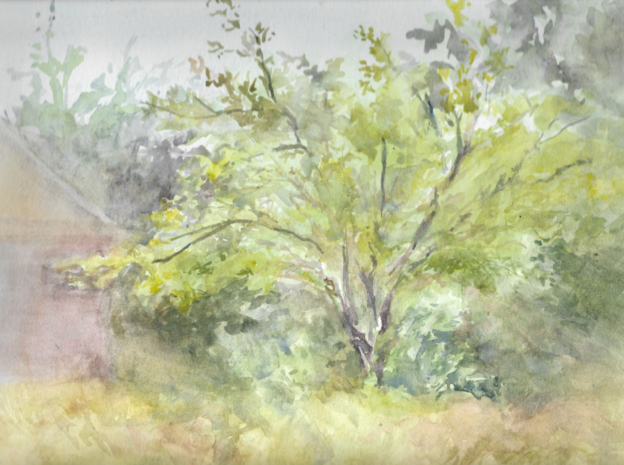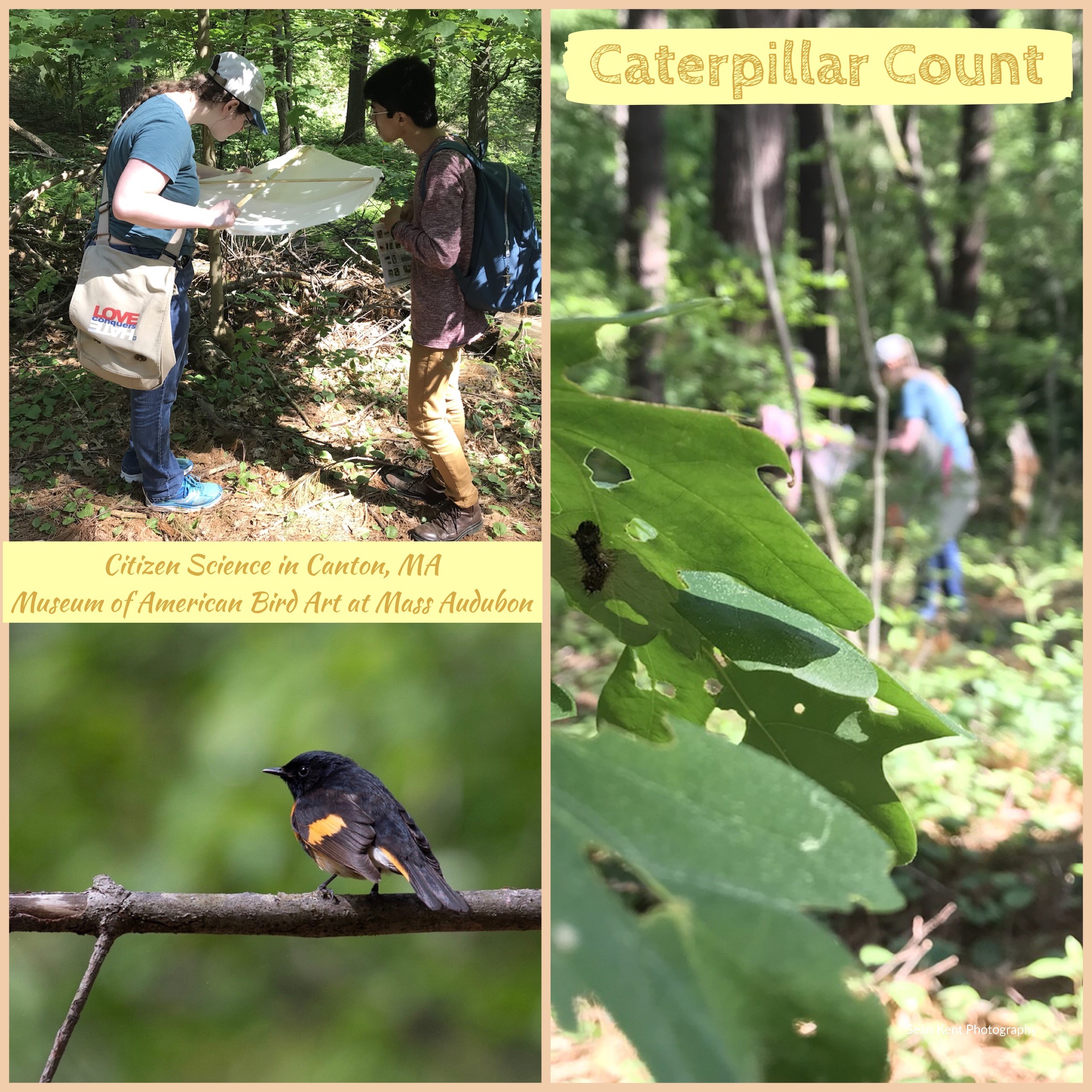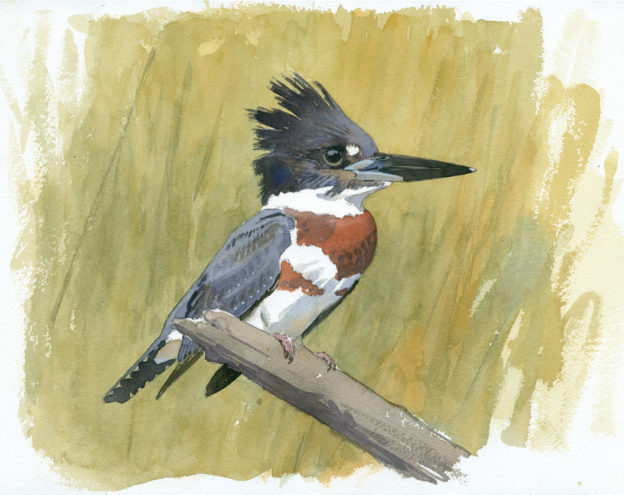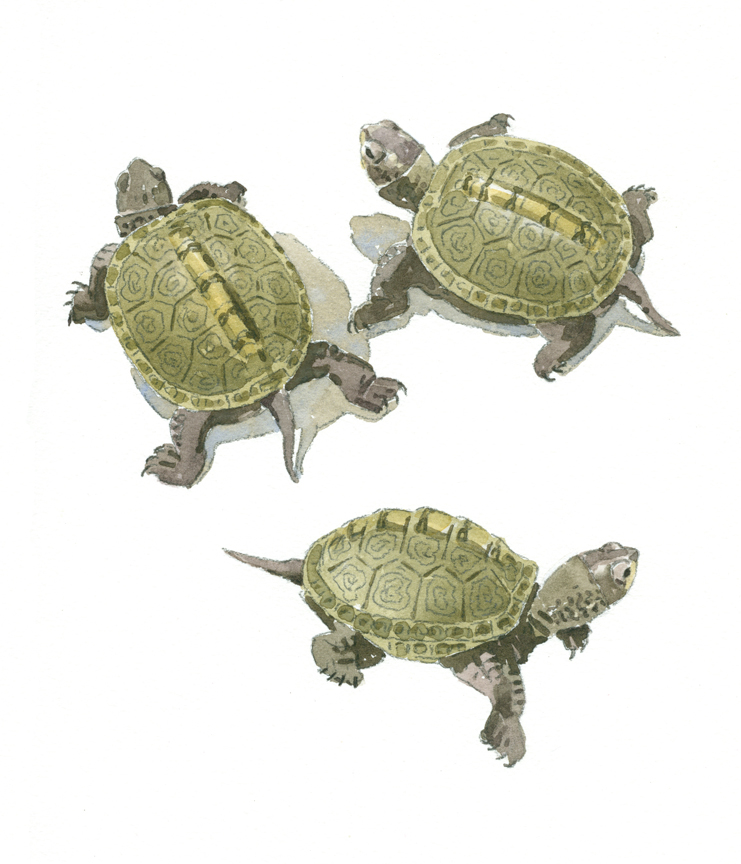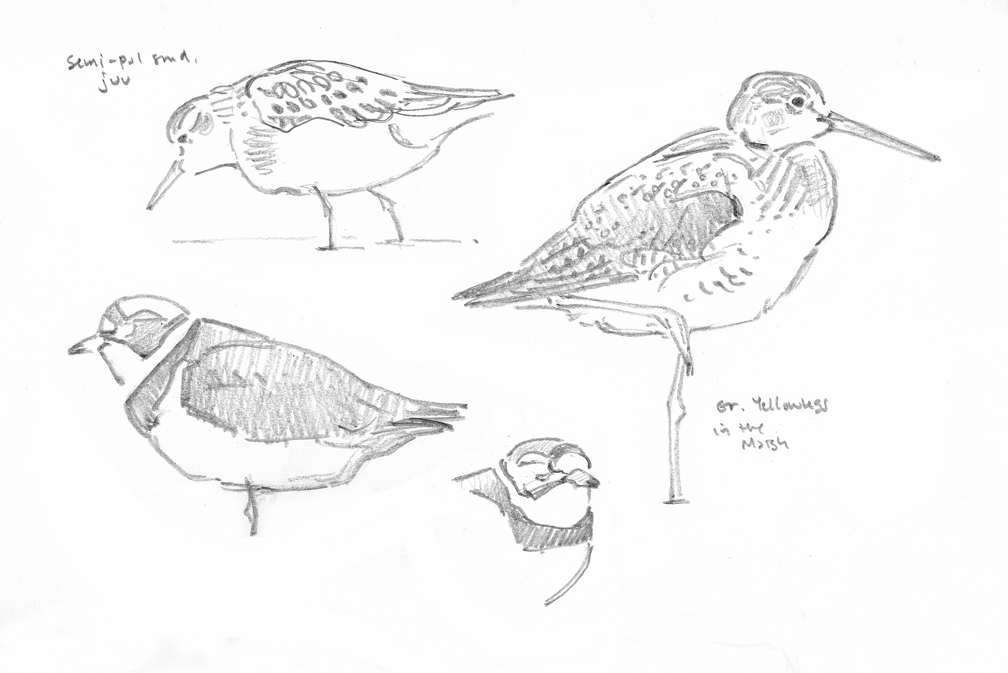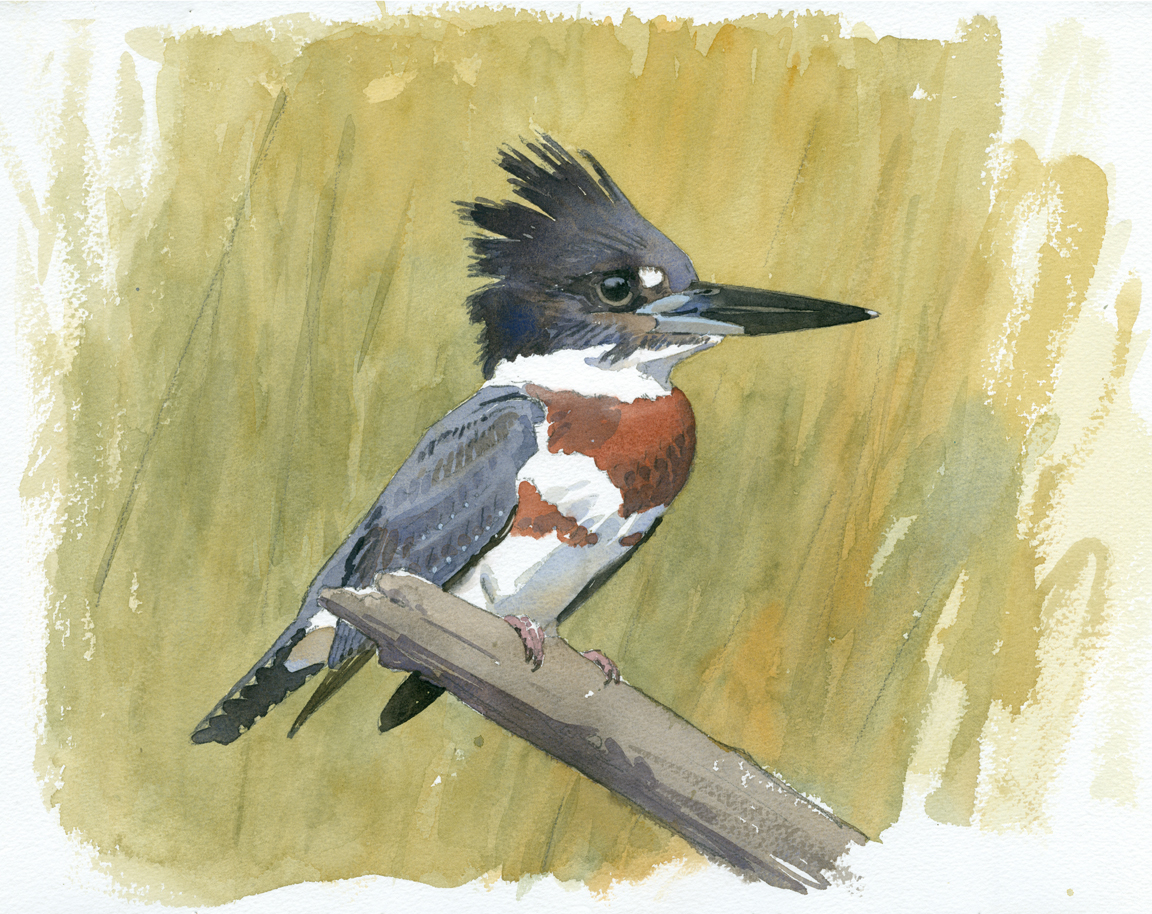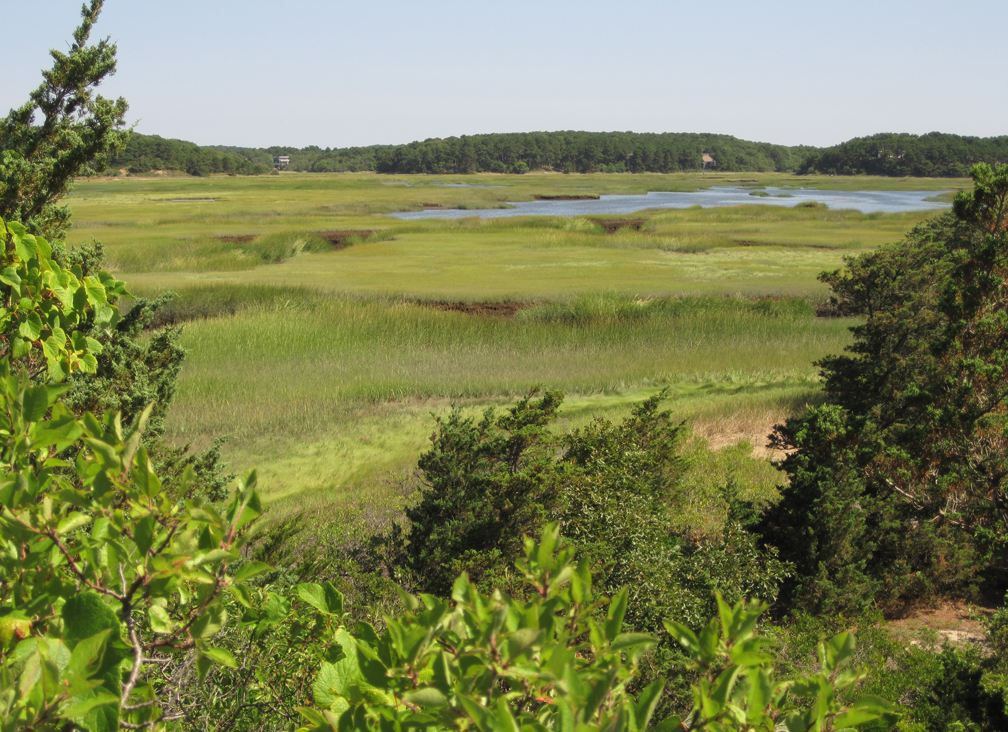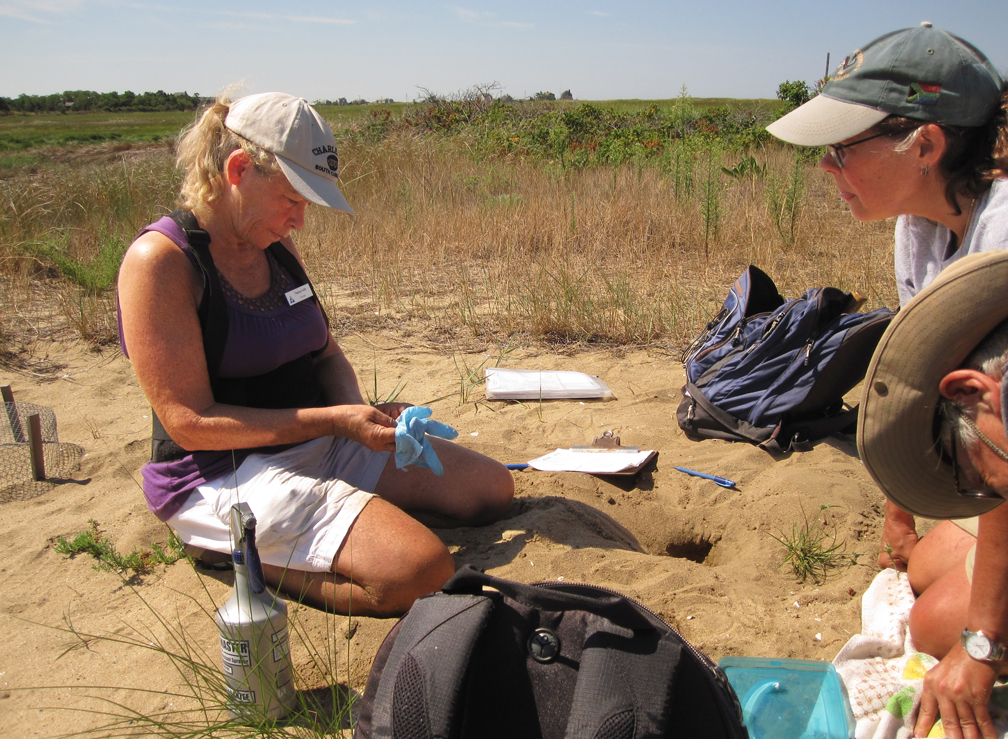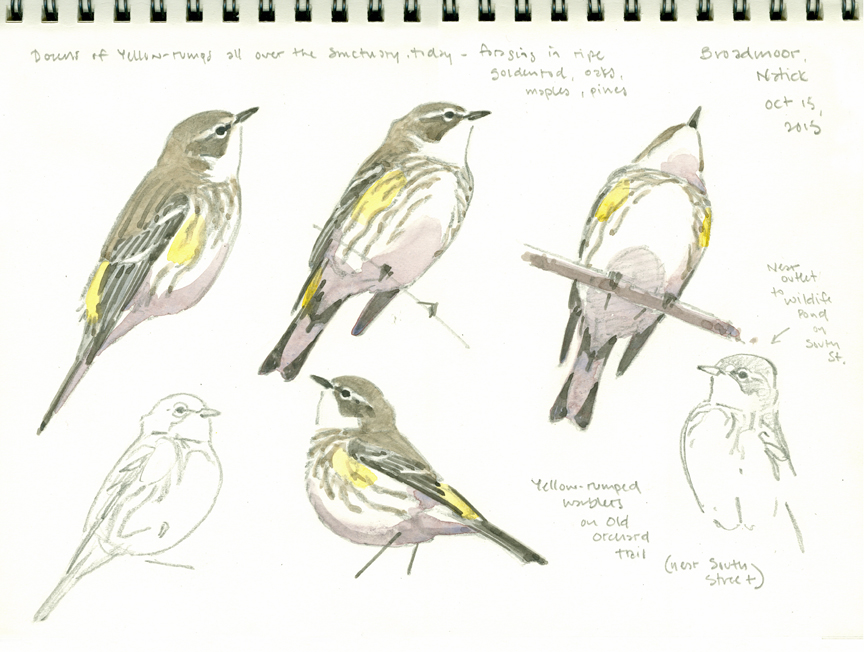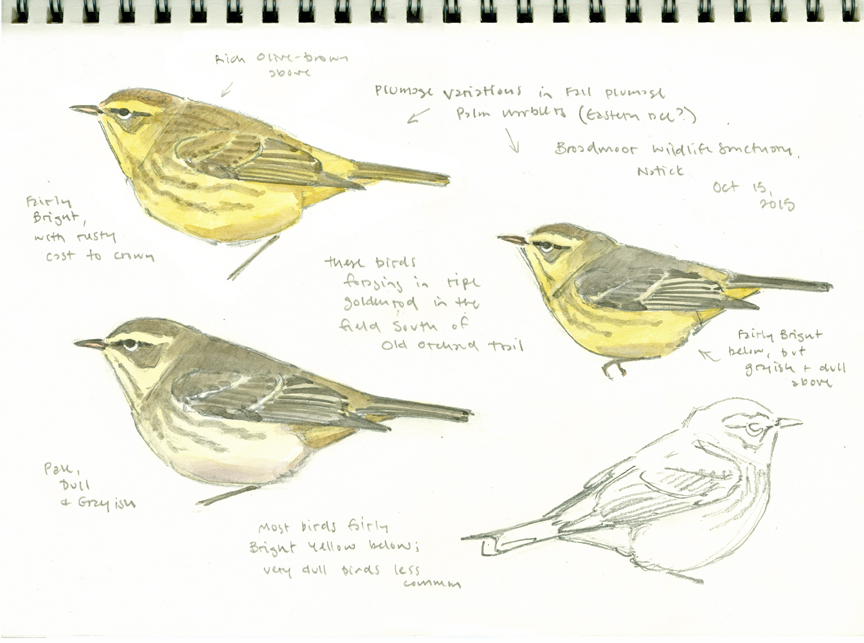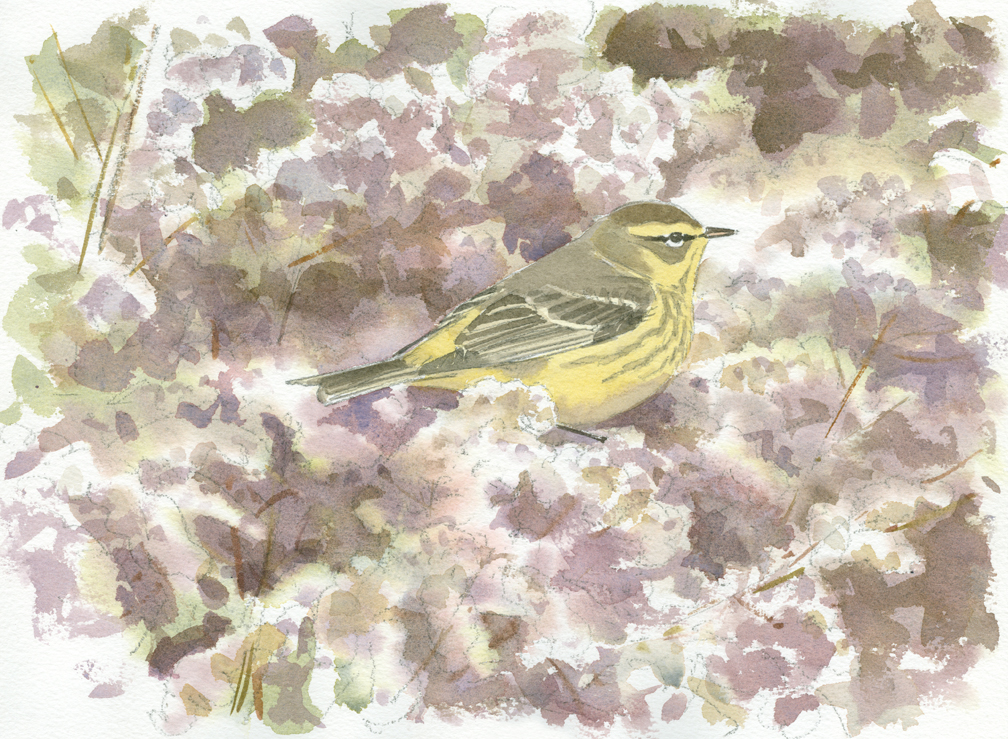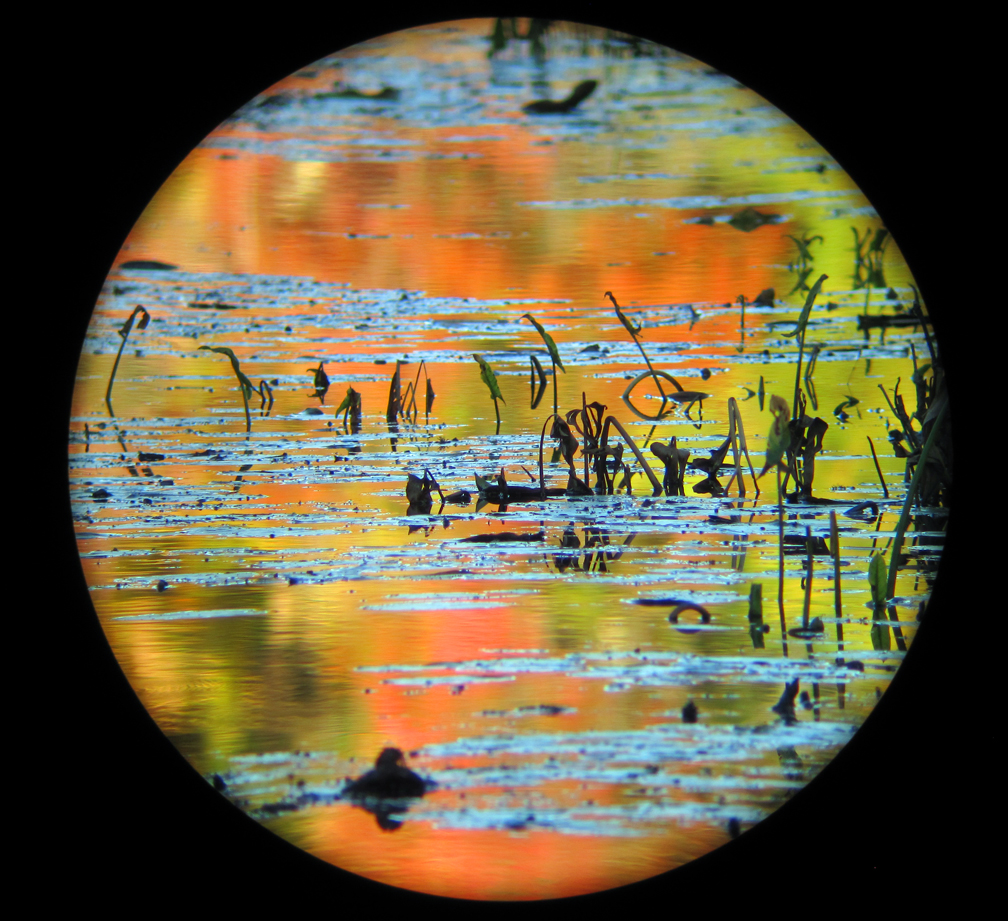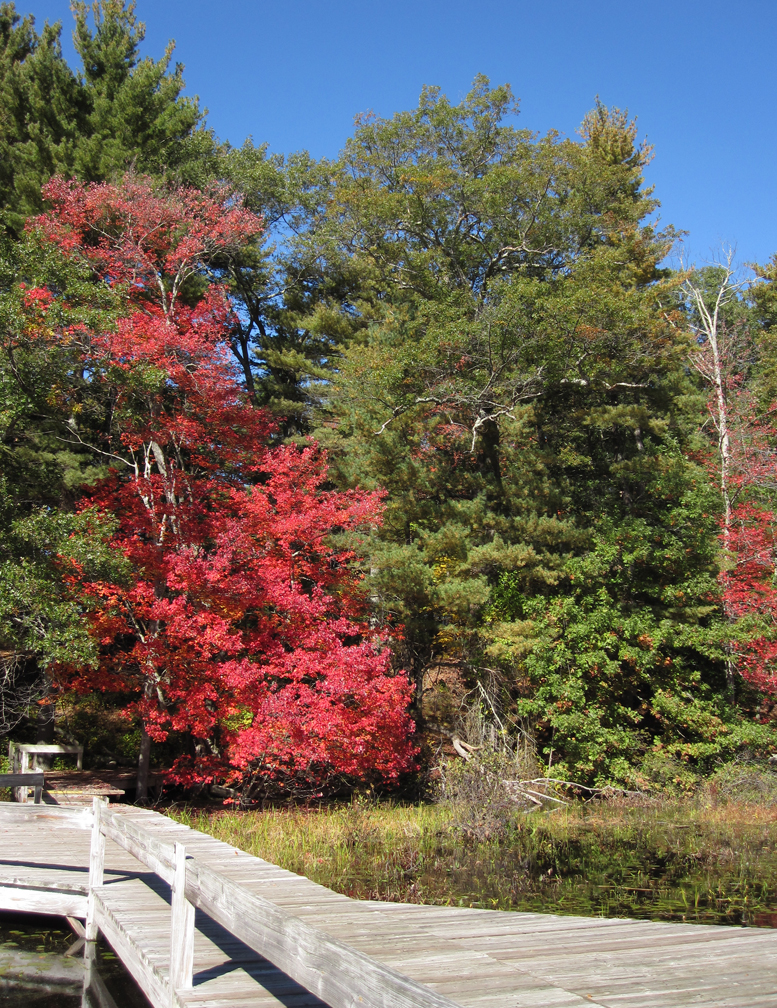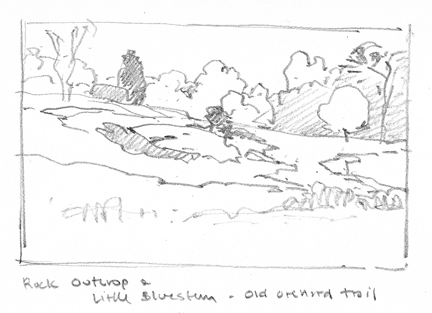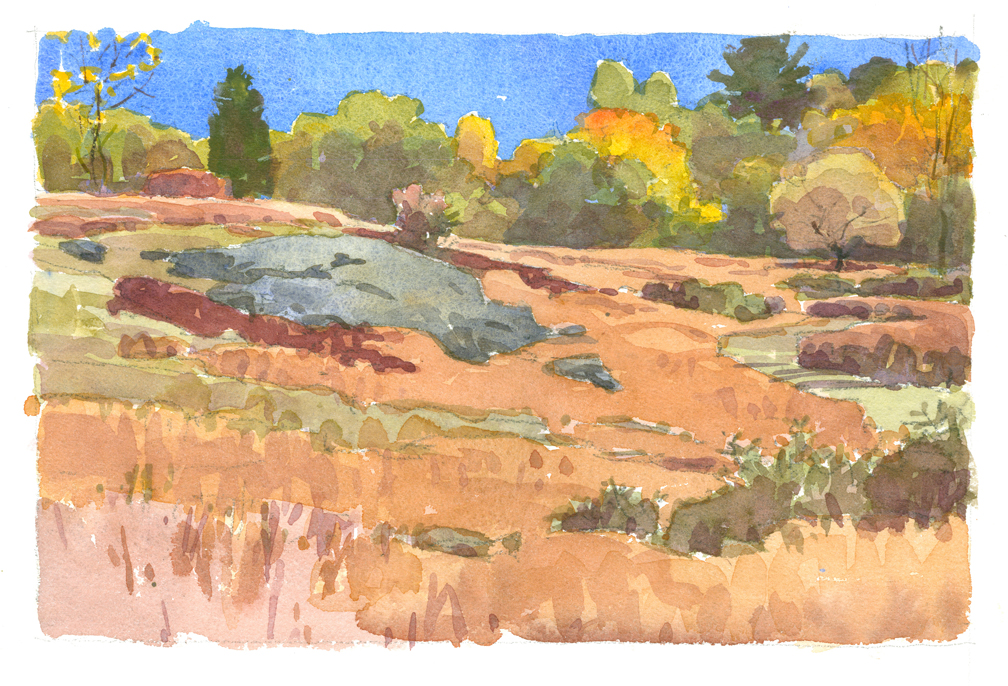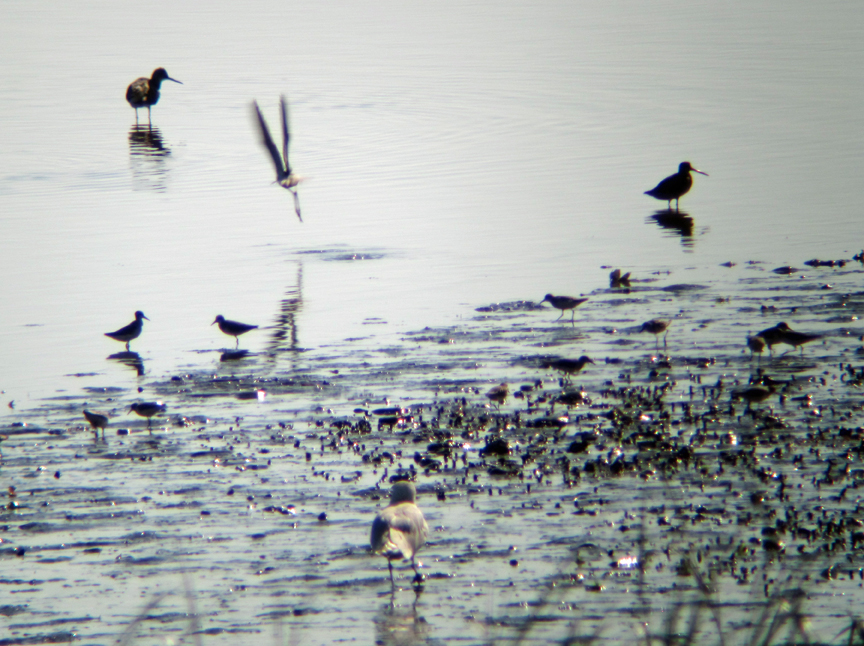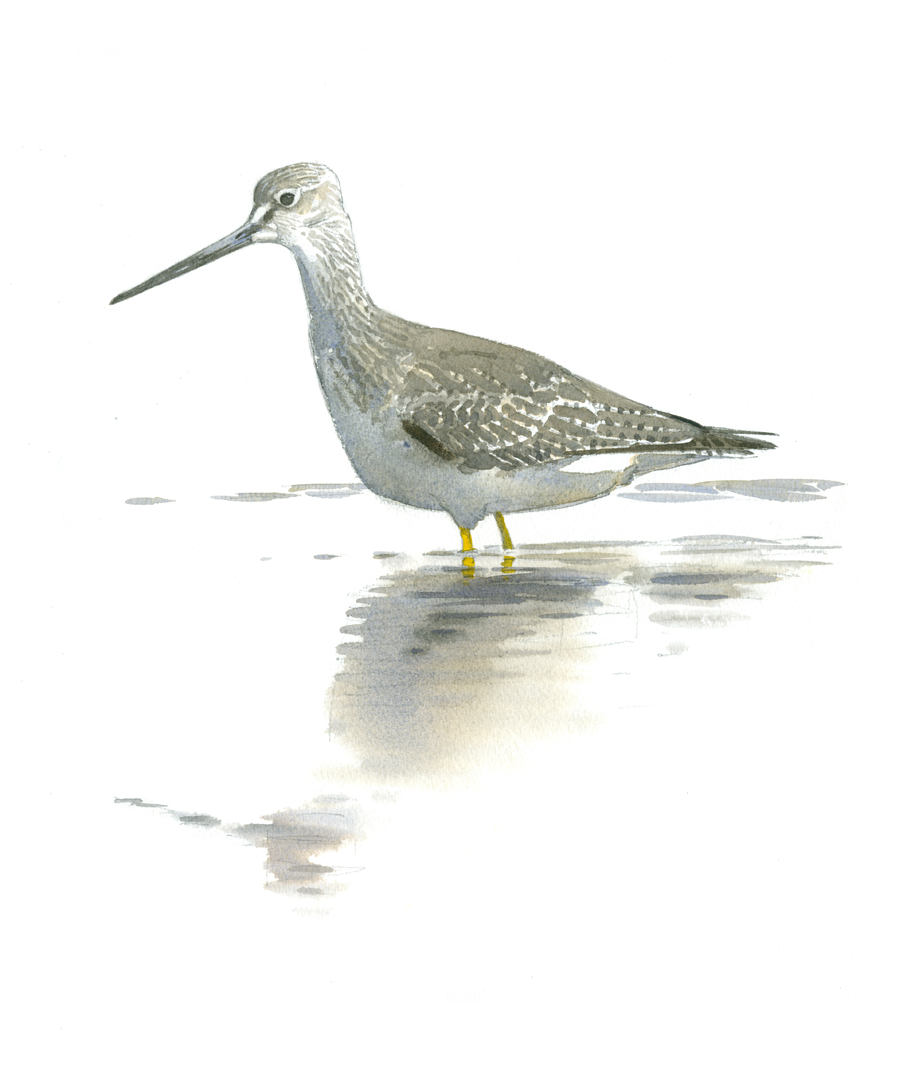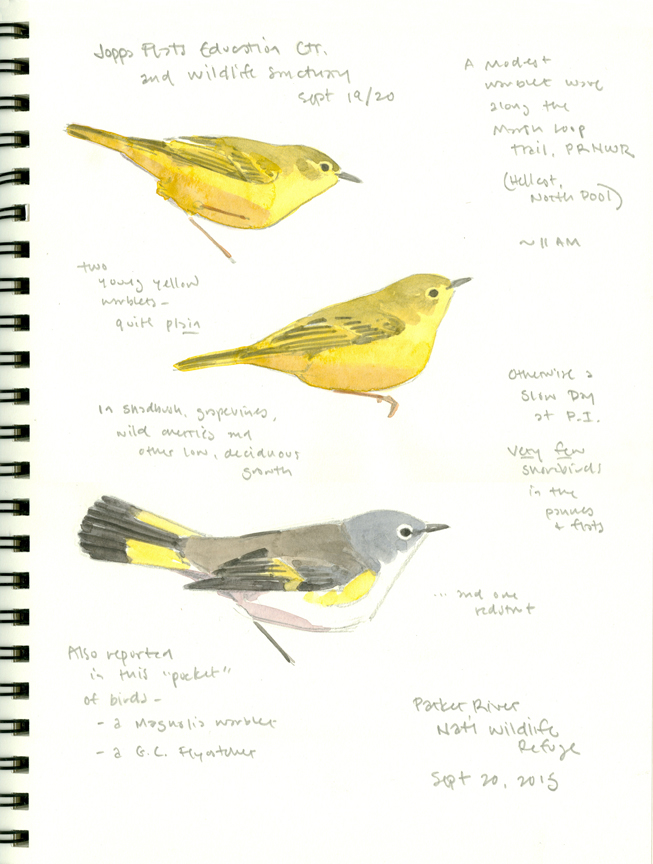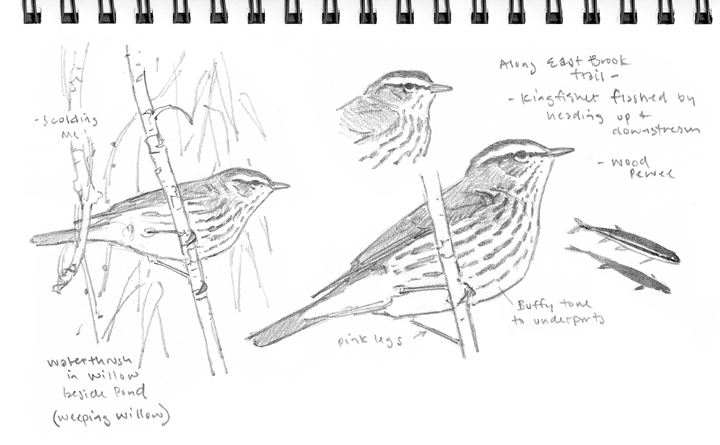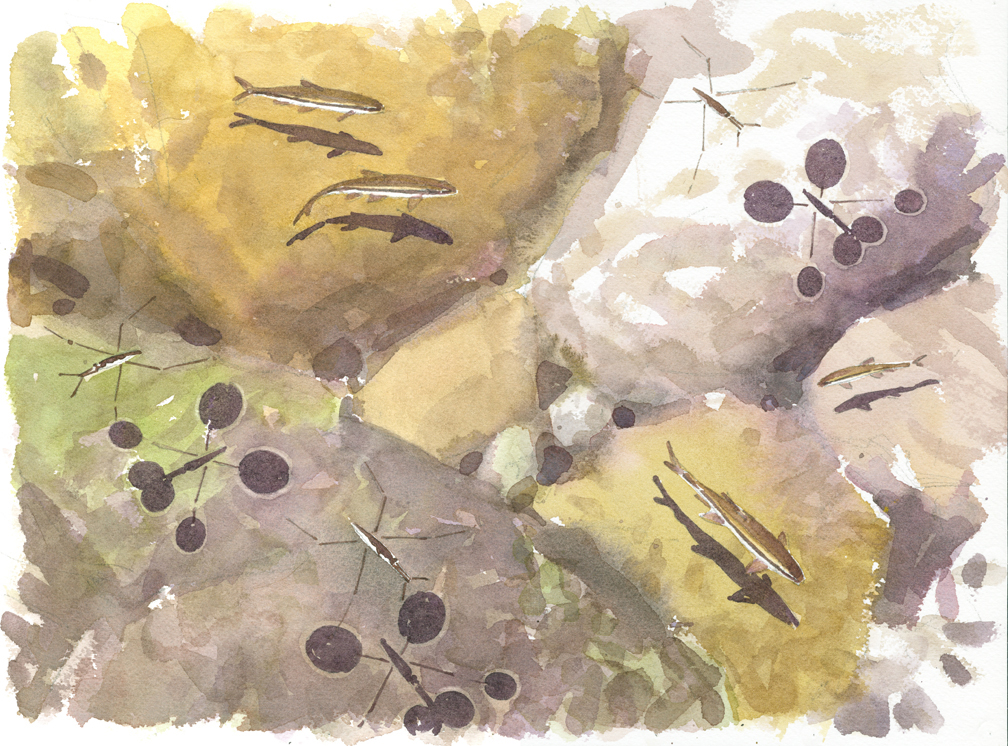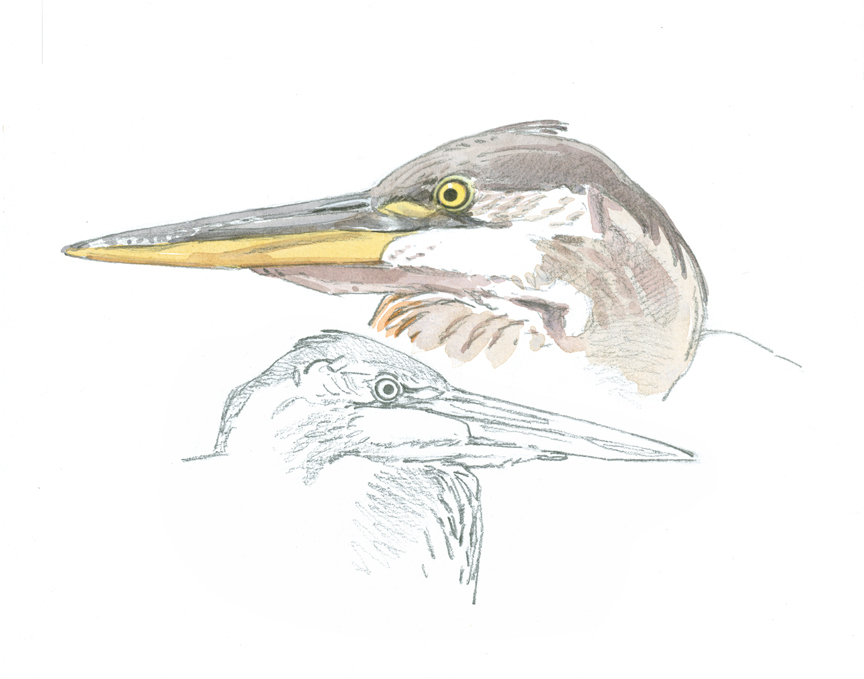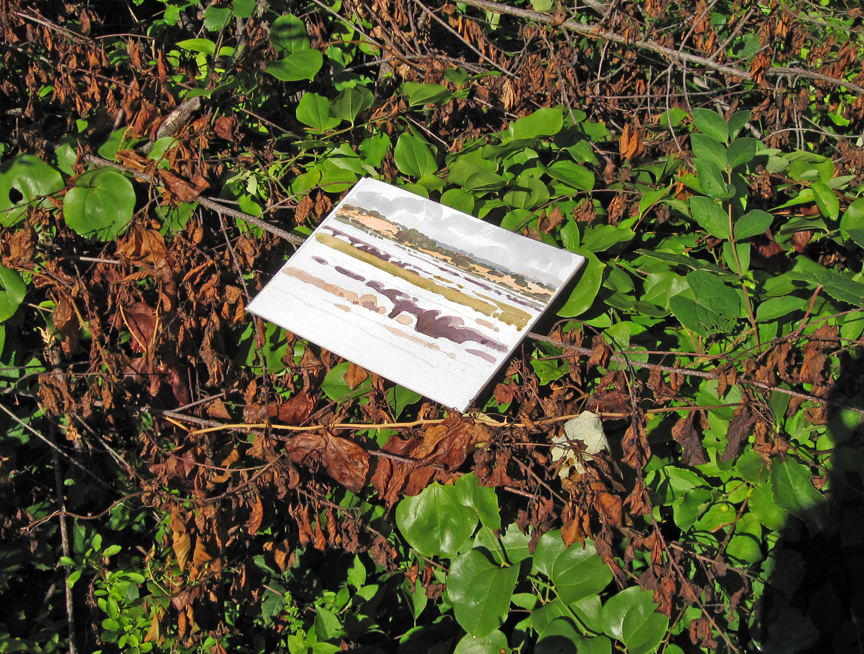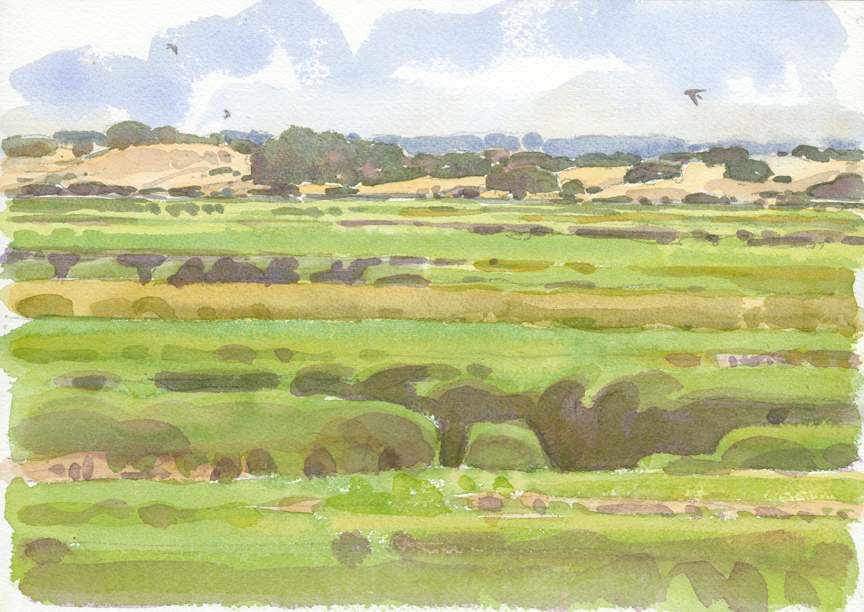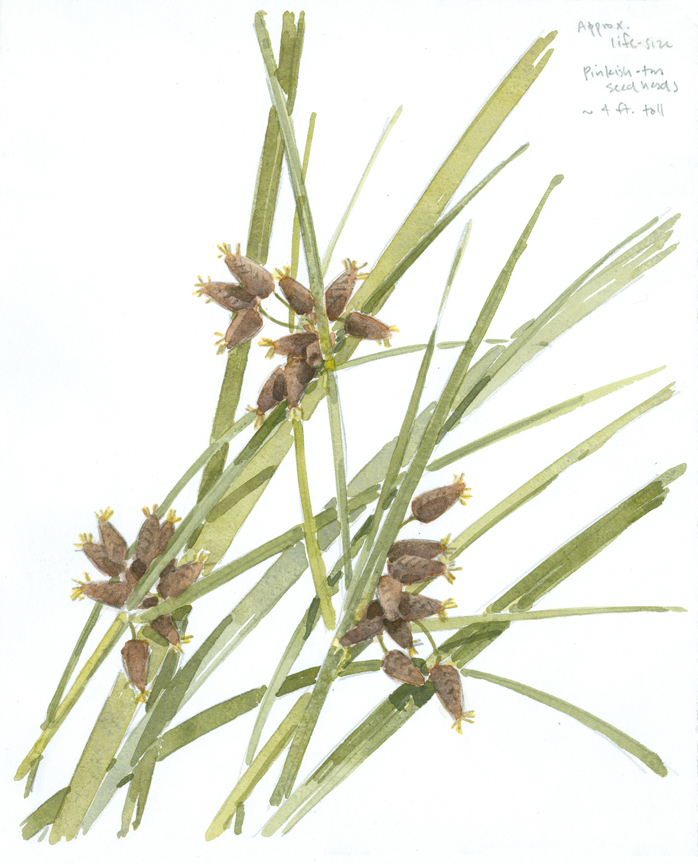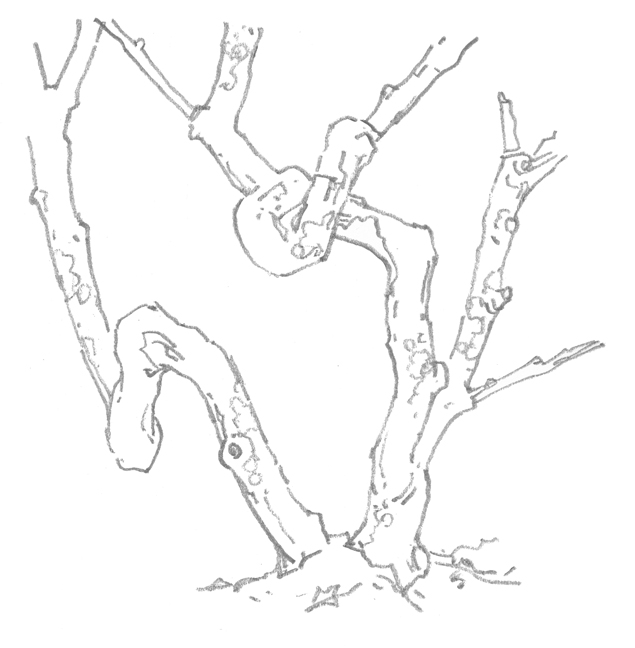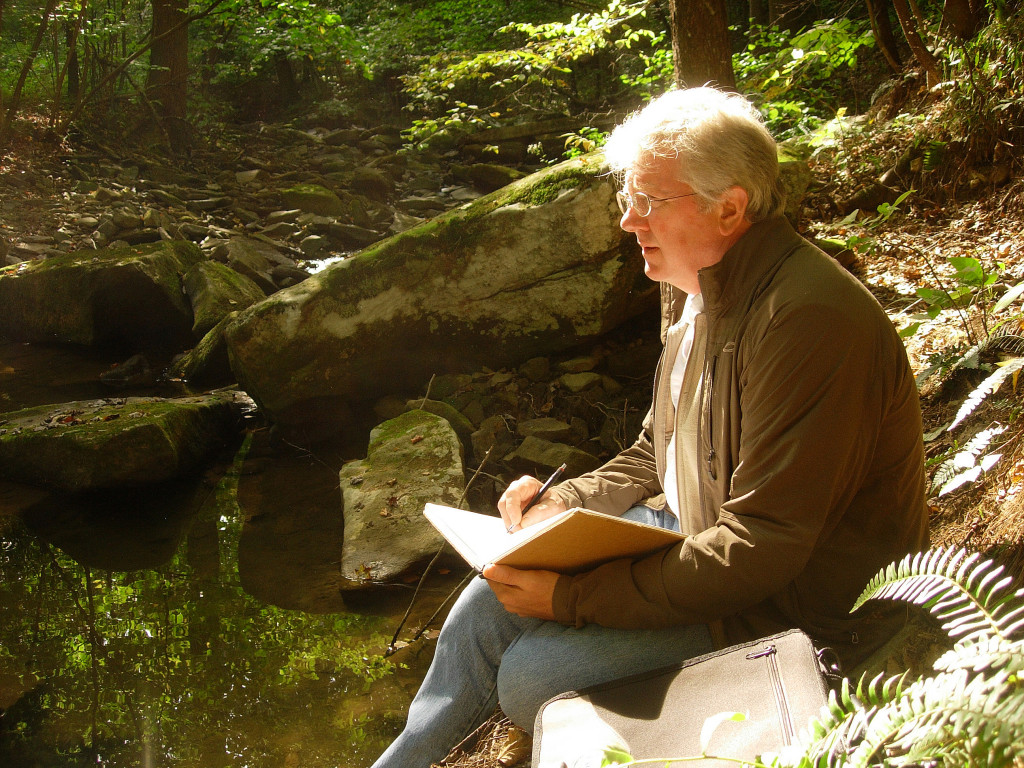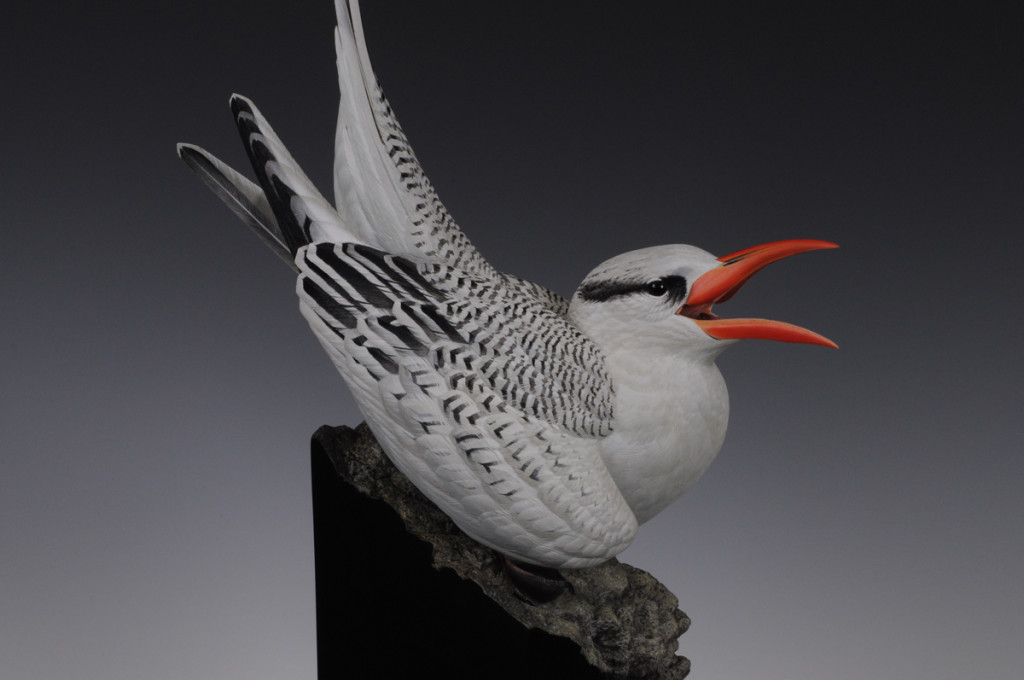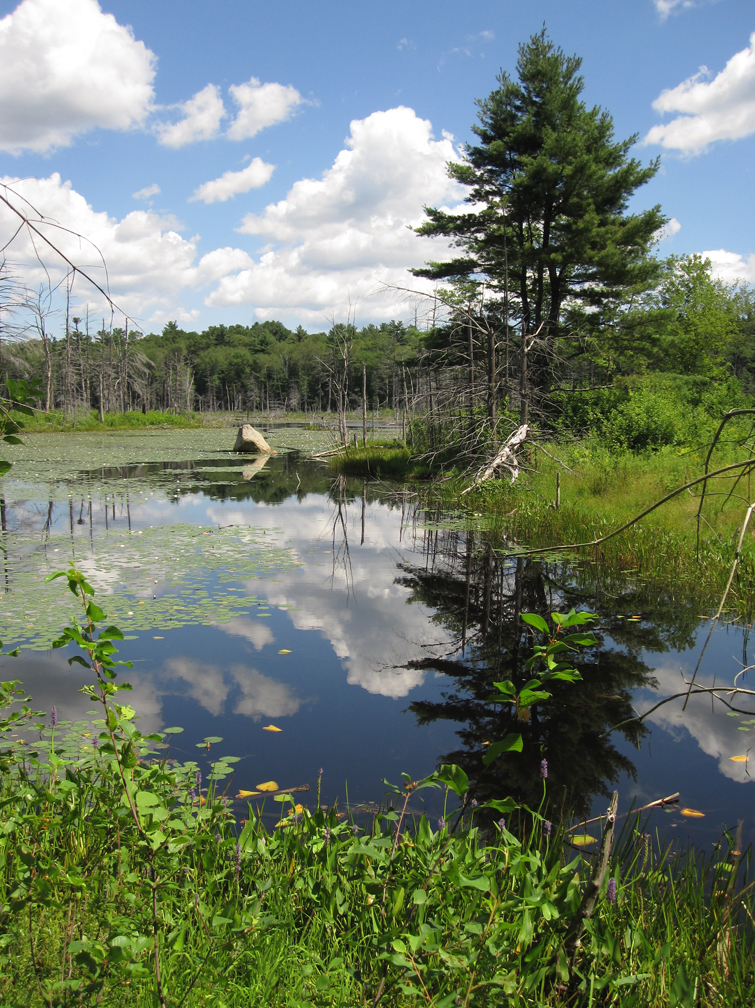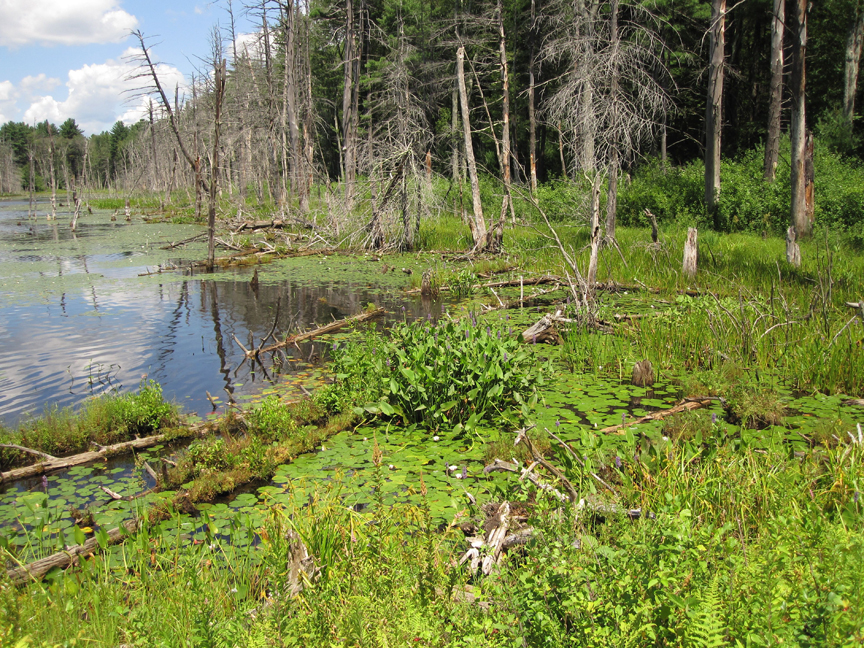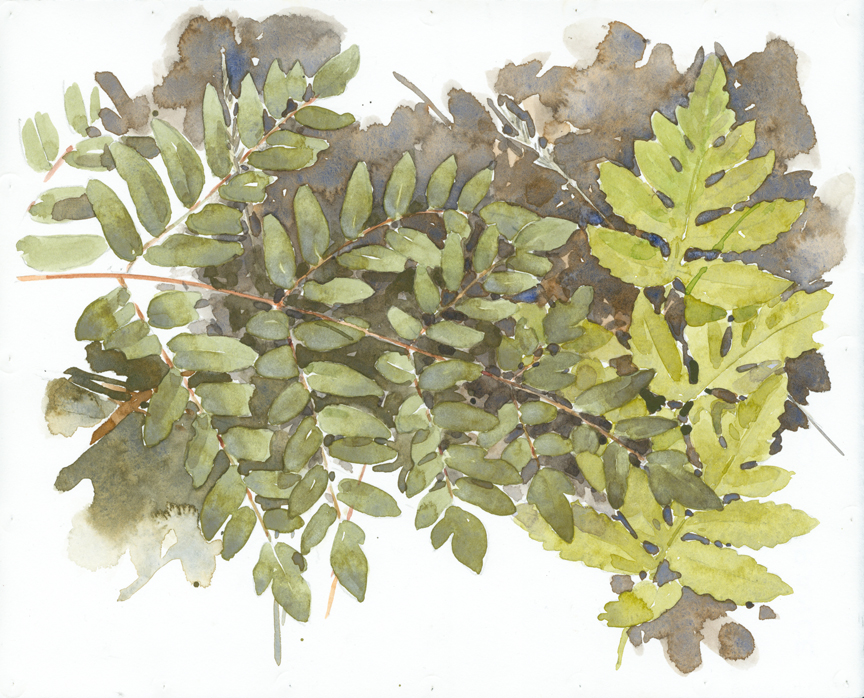The mulberry tree at MABA (located in front of the Education Building) is always full of life because so many animals come to eat its fruit. An astounding variety of different birds have been perched in the tree, it is amazing to watch (and hear!).

View of the tree from the Camp Building
Here are all the birds that I saw in the mulberry tree in one morning:
American Robin
Black-capped Chickadee
Goldfinch
Gray Catbird
Common Grackle
White-Breasted Nuthatch
House Finch
Cedar Waxwing
Blue Jay

I wanted to point out two species in particular, because the mulberry tree is the only location at MABA where I have seen them. The first of these is the House Finch. The males can be recognized by their red head and shoulders. It is a muted red, not a bright red like a cardinal. The females are completely brown.

The second bird is the Cedar Waxwing. They are not as common as House Finches. Their bodies are mostly brown, but their most prominent feature is the distinctive black patterning on their faces.

These birds come to eat mulberries, shown in the drawing below. Right now, the fruits are greenish white.
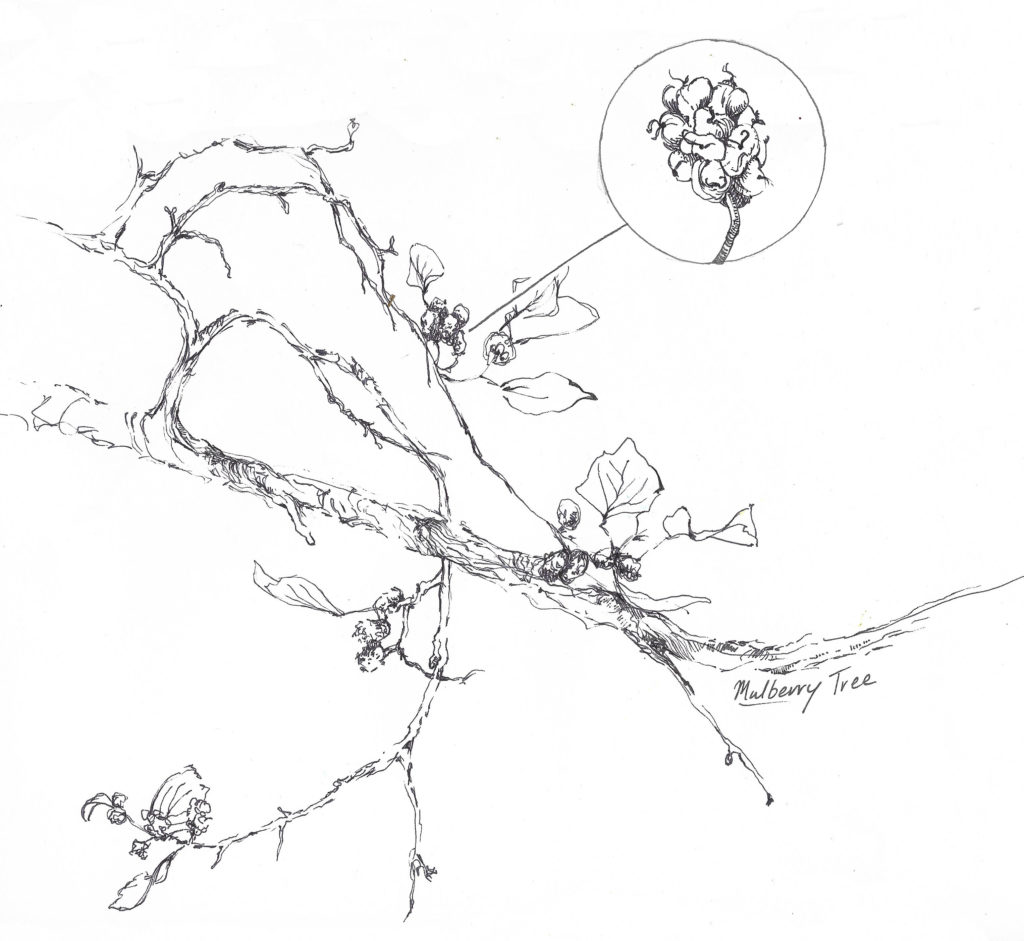
Pen drawing of mulberry branch, showing the fruit and leaves
The purpose of this illustration is to show a more scientific version of a mulberry branch. This drawing shows what the fruits look like for identification purposes. My second mulberry branch drawing (below) is more expressive. Instead of exactly replicating the individual parts of the branch, this drawing shows what the whole silhouette looks like, with leaves in the foreground and background, blowing in the wind. I think that the two drawings are equally realistic, but both show elements of the branch that the other does not.

Watercolor painting of mulberry branch
When doing a series of sketches on a location, I try to use a number of different drawing and painting methods so as to give an accurate depiction of the whole location. Which of the branch drawings do you prefer? I encourage you, when making art, to think about the many ways that something can be represented.

View of the mulberry tree and the back of the Education Building


